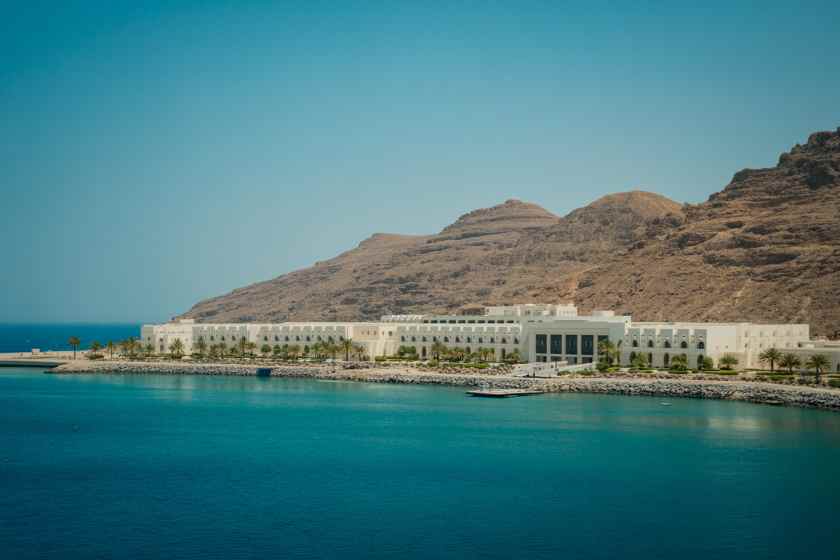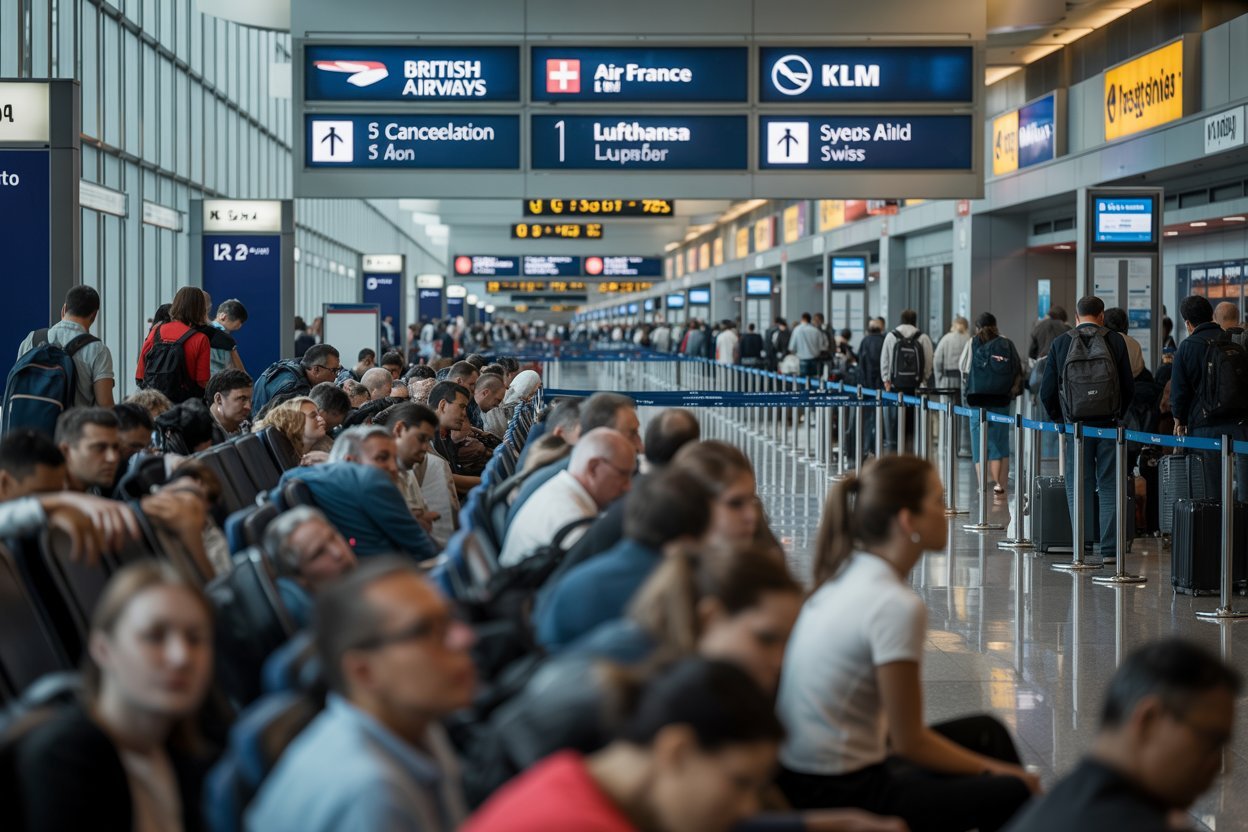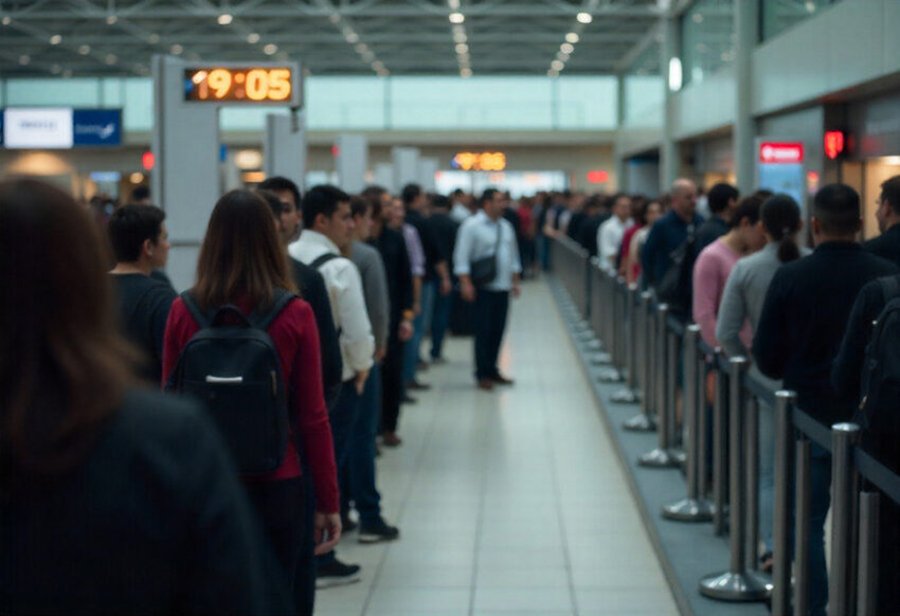читайте также
 How Many Years of Work Does It Take to Buy a Flat in Europe: Deloitte 2025 Data
How Many Years of Work Does It Take to Buy a Flat in Europe: Deloitte 2025 Data
 Hilton Bets on China, Japan, and India — and Eyes Georgia Next: How Global Travel Is Being Redefined
Hilton Bets on China, Japan, and India — and Eyes Georgia Next: How Global Travel Is Being Redefined
 Barcelona Joins Venice, Amsterdam, Kyoto, Hawaii, and Santorini in Raising Tourism Taxes in 2026: What Travelers Need to Know
Barcelona Joins Venice, Amsterdam, Kyoto, Hawaii, and Santorini in Raising Tourism Taxes in 2026: What Travelers Need to Know
 China’s Hotel Construction Pipeline Surges to Record High: Nearly 3,700 Projects Underway
China’s Hotel Construction Pipeline Surges to Record High: Nearly 3,700 Projects Underway
 Oman’s Tourism Surge: Hotels Record Double-Digit Growth in Revenue and Guests in 2025
Oman’s Tourism Surge: Hotels Record Double-Digit Growth in Revenue and Guests in 2025
 Thousands of Passengers Grounded Across Europe as Airlines Face 65 Cancellations and 1,824 Delays
Thousands of Passengers Grounded Across Europe as Airlines Face 65 Cancellations and 1,824 Delays
Air Chaos in the US: FAA Failure and Storms Paralyzed Flights

Photo: Travel and Tour World
Thousands of passengers were stranded in US airports after the largest wave of disruptions in recent months. Severe storms and a temporary FAA system failure on October 31 paralyzed air traffic — 1,246 flights were canceled and around 7,000 were delayed. Major carriers were hit hardest, with operations disrupted in New York, Richmond, Nashville, and more than a dozen other cities, reports Travel and Tour World.
A Night in Airport Terminals
In major airports across the country — from New York and Richmond to Nashville and St. Louis — hundreds of passengers spent the night in waiting halls. Lines at check-in counters stretched for dozens of meters, connections were rescheduled for the next day, and departure boards turned into endless lists of cancellations.
The large-scale collapse was caused by a double blow — stormy weather and a temporary failure in the Federal Aviation Administration (FAA) system. The technical malfunction affected air traffic control centers and routing systems, forcing airlines to coordinate flights manually. This sharply increased the waiting time for takeoff and landing clearances, while weather restrictions worsened the delays.
The failure hit major airlines including SkyWest, Delta, American, Frontier, Endeavor, Piedmont, and Hawaiian. The wave of disruptions swept across all regions — from the Northeast to the Southern states and the Midwest — revealing how vulnerable the US aviation system is, where a single day of bad weather and technical malfunctions can halt the work of an entire country.
Epicenter – New York
The situation was especially severe in the New York air hub. At LaGuardia, 228 flights were canceled and 210 delayed — nearly 80% of the schedule. JFK faced hundreds of disrupted routes, while Newark saw delays on 47% of flights. The overload of the three main airports triggered a domino effect: hundreds of domestic flights across the country could not depart due to a shortage of aircraft and crews.
The problems quickly spread beyond the metropolis. Boston saw 65 flights canceled, Philadelphia reported more than half of departures delayed, and Washington’s Reagan and Dulles airports were on the verge of shutdown. In Richmond, which connects the Southeast with the North, key transfers collapsed. Even smaller airports — Norfolk and Buffalo — reported mass delays, confirming the nationwide scale of the disruption.
From the Midwest to Hawaii
The wave of disruptions reached the Midwest. At Chicago O’Hare, more than 350 flights were delayed; in Detroit and Cleveland — dozens canceled and hundreds postponed. In St. Louis and Cincinnati, even regional routes were affected, as a single breakdown in one point immediately rippled through neighboring destinations.
The Southern states also came under pressure. In Atlanta, Delta’s main hub, more than 200 delays were recorded. Nashville and Charlotte saw dozens of disrupted flights, while in Florida — Orlando, Miami, and Fort Lauderdale — the breakdown coincided with the peak tourist season. Even Hawaii felt the impact: Hawaiian Airlines canceled inter-island flights, and the chain of delays reached Burlington, Vermont, showing that the disruption stretched from the Atlantic to the Pacific.
Airlines on the Brink
The worst hit were the carriers serving the largest hubs. According to reports, Republic Airways led in cancellations — 363 flights in a single day. Endeavor Air, Delta’s partner, ranked second with 169 cancellations. Delta itself faced 106 cancellations and 660 delays, affecting routes from Atlanta, Detroit, and Minneapolis.
American Airlines reported 96 cancellations and 933 delays, while United had 77 and 837, respectively. Low-cost carriers were also overwhelmed: JetBlue reported 105 cancellations and 397 delays, Southwest — over 1,000 schedule disruptions, and Spirit and Frontier — around 150 each. Even small regional operators such as GoJet, PSA, Cape Air, and Piedmont suffered mass disruptions.
Possible Continuation of the Crisis
By evening, operations were partially restored, but air traffic remained unstable into early November. The Guardian notes that problems in the US aviation system go far beyond a single day’s disruption. Nearly half of the country’s 30 busiest airports face a shortage of air traffic controllers. In the New York region — including LaGuardia, JFK, and Newark — the number of missing personnel reached 80%. The Federal Aviation Administration (FAA) has been forced to redistribute shifts and reduce flight intensity to maintain safety.
The US Department of Transportation warned that delays could increase in the coming days. If the federal government shutdown continues, the FAA will have to limit takeoffs and landings at major hubs. The situation has already exceeded the scale of previous shutdowns — such as the 2019 crisis, when staff shortages led to flight cancellations and the paralysis of several airports.





